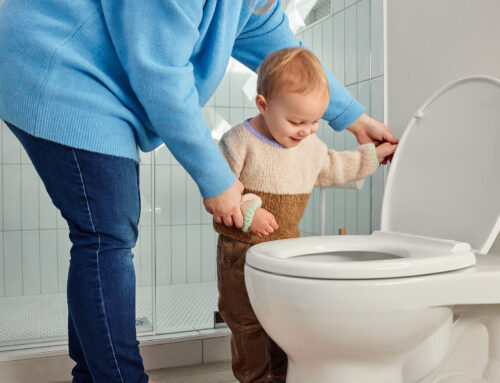Drowning Prevention
How to prevent child from drowning?
Preventing child drowning requires a combination of supervision, water safety measures, and education. Here are some key steps to help prevent child drowning:
- Supervision: Always supervise children around water, including pools, bathtubs, and natural bodies of water. Keep young children within arm’s reach at all times.
- Barriers: Install barriers such as fences with self-closing and self-latching gates around pools and hot tubs to prevent unsupervised access. Use safety covers for pools when not in use.
- Swimming lessons: Enroll children in swimming lessons taught by qualified instructors. Teach children basic water safety skills such as floating, treading water, and getting to the edge of the pool.
- Life jackets: Ensure that children wear properly fitted U.S. Coast Guard-approved life jackets when boating or participating in water sports.
- Water safety education: Teach children about the dangers of water, including how to recognize and avoid hazards such as currents and deep water.
- Avoid alcohol: Avoid alcohol when supervising children around water, as it impairs judgment and reaction time.
- Learn CPR: Learn CPR (cardiopulmonary resuscitation) and basic water rescue skills. In an emergency, these skills can save lives.
- Empty containers: Empty bathtubs, buckets, and other containers immediately after use to prevent drowning of small children.
- Be prepared: Keep a phone nearby in case of emergencies and be prepared to call 911 if needed.
- Stay vigilant: Drowning can happen quickly and silently, so always stay vigilant when children are near water.
By following these steps and staying aware of the risks, you can help prevent child drowning and keep your child safe around water.
How to prevent adult drowning?
Preventing adult drowning involves several key measures, including:
- Learn to Swim: One of the most effective ways to prevent drowning is to ensure that adults know how to swim. Swimming lessons can significantly reduce the risk of drowning.
- Supervision: Always supervise adults when they are in or around water, especially if they are not strong swimmers or are in unfamiliar environments.
- Swim in Designated Areas: Encourage adults to swim in designated swimming areas with lifeguards, as they are trained to respond in emergencies.
- Use Life Jackets: When engaging in activities like boating, fishing, or water sports, adults should wear a properly fitted life jacket.
- Avoid Alcohol and Drugs: Alcohol and drugs impair judgment, coordination, and reaction time, increasing the risk of drowning. Avoid these substances when swimming or boating.
- Know the Water: Understand the conditions of the water you are entering, including currents, tides, and depth. Avoid swimming in unfamiliar or dangerous waters.
- Learn CPR: Knowing CPR can be lifesaving in the event of a drowning incident. Encourage adults to learn CPR and stay up-to-date with their certification.
- Use Buddy System: Always swim with a buddy, so there is someone who can provide help or seek assistance in case of an emergency.
By following these precautions, adults can significantly reduce the risk of drowning and enjoy water activities safely.




